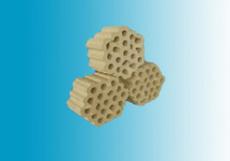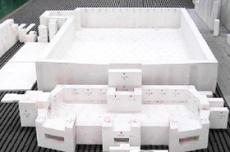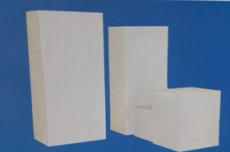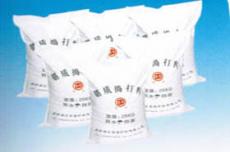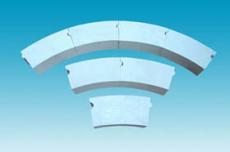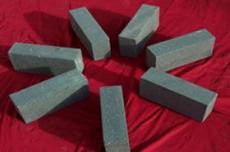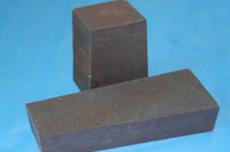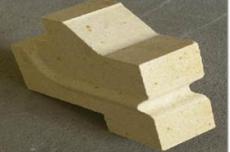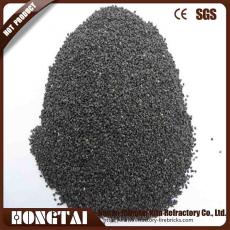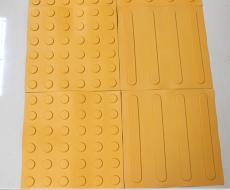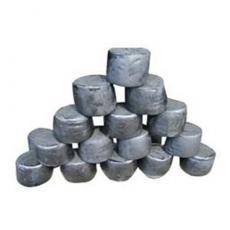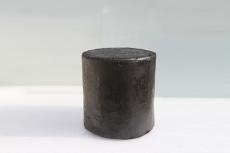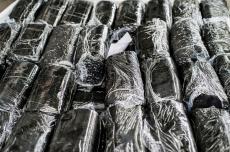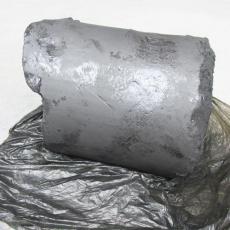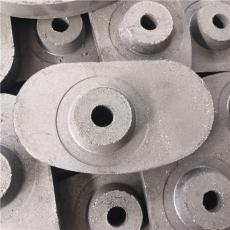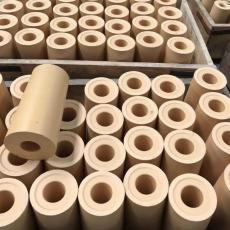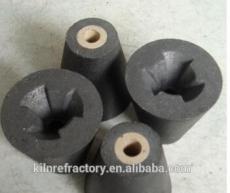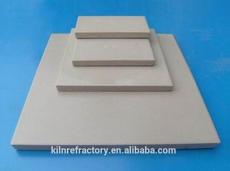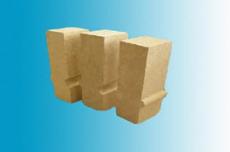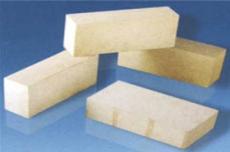
1. Characteristics of silicon carbide castables
Silicon carbide castables are a composite castable with many excellent properties. It has excellent wear resistance and can effectively resist mechanical wear during waste incineration. It has good thermal shock resistance and can maintain structural stability in an environment where the temperature frequently alternates between hot and cold, and will not easily crack or peel off. At the same time, it has strong corrosion resistance and can resist the erosion of acid and alkali components in the complex atmosphere of the waste incinerator, providing reliable protection for the lining.
2. Characteristics of vehicle-mounted waste incinerators and requirements for linings
The vehicle-mounted waste incinerator is a movable box-type industrial kiln that is shipped by car and is used to incinerate waste, but it cannot handle dangerous and hazardous waste. The inner diameter of the lining of this furnace is small, and it is used intermittently, with frequent temperature changes between hot and cold. Therefore, its lining material needs to have good thermal shock resistance to cope with alternating hot and cold working conditions. In addition, due to the mobility of the furnace, the integrity of the lining material is also crucial to ensure that it will not be damaged by vibration and other factors during movement.
3. Advantages of silicon carbide castables in vehicle-mounted waste incinerator linings
(I) Seamless connection and airtightness Silicon carbide castables are used in the lining of box-type waste incinerators, which can achieve seamless connection and good airtightness. Compared with refractory bricks, there are mortar joints between bricks when refractory bricks are laid. These mortar joints are easily eroded during the incineration process, which seriously affects the service life of the lining. Silicon carbide castables have strong integrity and can better adapt to the use requirements of vehicle-mounted waste incinerators during the back and forth movement.
(II) Thermal shock performance and crust protection Due to the intermittent use of vehicle-mounted waste incinerators, the temperature changes frequently between hot and cold, and the thermal shock performance requirements of the lining are extremely high. Silicon carbide castables have good thermal shock stability and can effectively cope with such alternating hot and cold working conditions. In addition, during the process of burning garbage, silicon carbide castables will form a layer of film on the surface of the furnace lining. This film is similar to crusting, which can protect the furnace lining from erosion. In cement rotary kilns, this castable is called anti-crusting castable, and its application in garbage incinerators can also play an excellent anti-erosion effect.
(III) Anti-erosion ability and service life The atmosphere in the garbage incinerator is complex, with acid and alkali components, and strong erosion and damage. Silicon carbide castables are made by adding corundum powder, silicon carbide and alumina powder to high-alumina bauxite clinker, and using high-grade high-alumina cement as a binder to make a composite castable with extremely strong anti-erosion ability. This castable can effectively resist the erosion of the complex atmosphere in the garbage incinerator, thereby extending the service life of the furnace lining, which is better than other general refractory castables.
(IV) Adaptation to the combustion and damage mechanism of the furnace lining Silicon carbide castables can adapt to the combustion and damage mechanism of the garbage incinerator lining. There is cast iron at the grate of the waste incinerator. When using silicon carbide castables, anchors or tortoise shell mesh can be welded according to the shape of the use part to enhance the strength of the castable, prevent the burn-off phenomenon in the use part, and further improve the reliability and service life of the furnace lining.
Silicon carbide castables are very suitable for vehicle-mounted waste incinerator linings due to their excellent properties such as wear resistance, thermal shock resistance, and corrosion resistance. It can meet the requirements of the furnace lining in frequent hot and cold, alternating complex erosion environments, and mobility, provide reliable protection for the waste incinerator, and extend the service life of the furnace lining. It is an ideal choice of furnace lining material.
